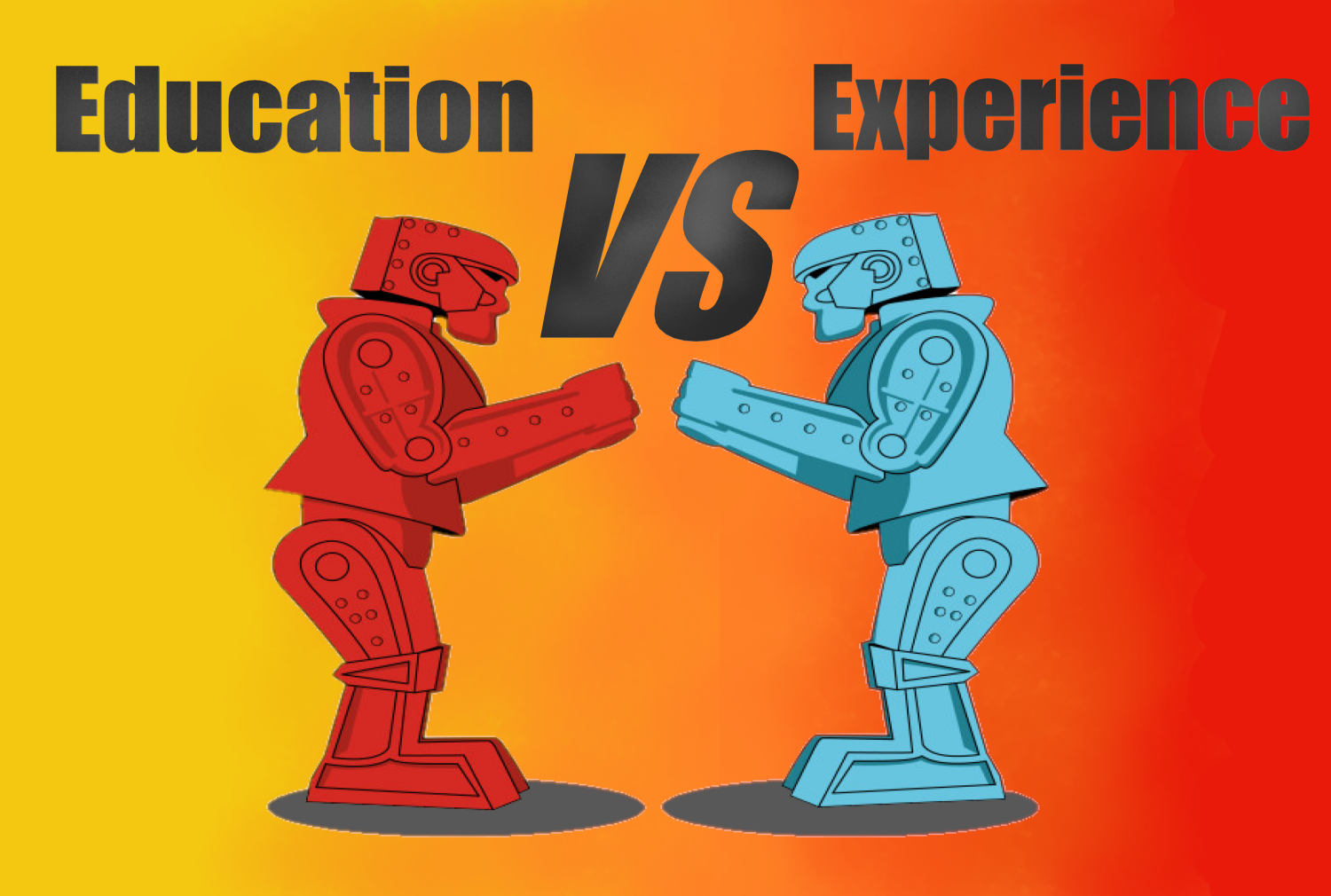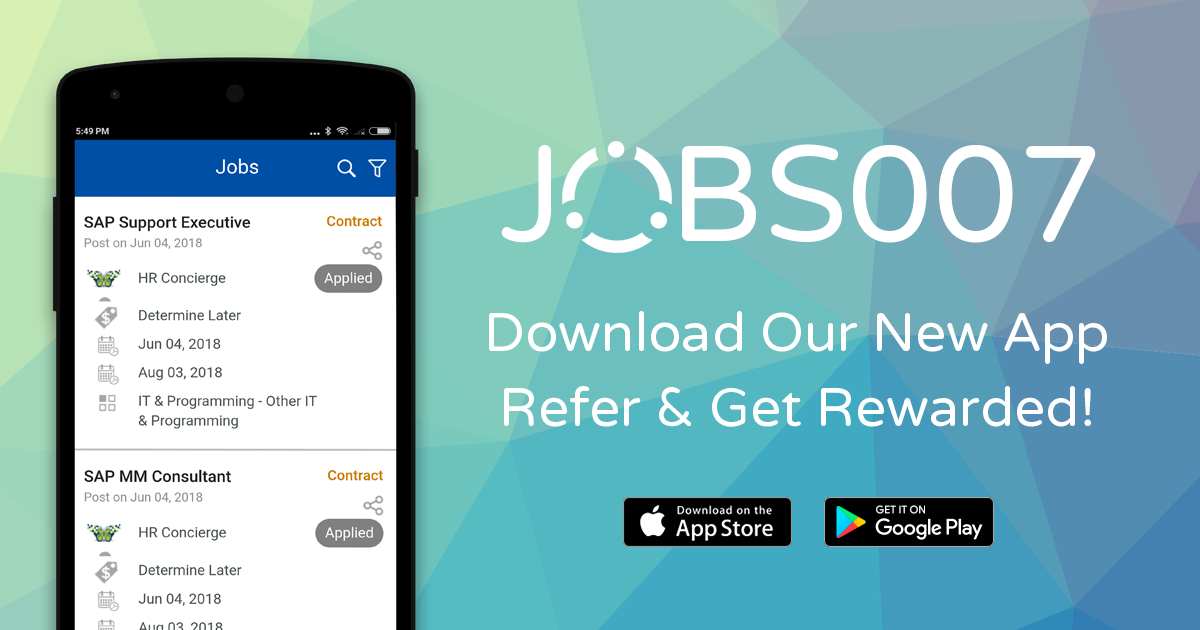This article was originally published on UpGrad.com on April 4 2018. Read the original article here.
—
By Cindy Koh – April 4, 2018
As all marketers know and have experienced, Marketing ROI (Return on Investment) has long been a controversial topic within organisations. Not only in what to measure, but how to measure, and even more importantly, what successes can and should be attributed to Marketing efforts.
Before the advent of Digital Marketing, marketing efforts were notoriously difficult to measure in quantifiable terms. This, often, meant that assessing effectiveness towards progressive and future actions came under intense scrutiny for excessive justification of further monetary investments.
Marketing ROI, when defined, appreciated and valued correctly, under an appropriately structured Marketing organisation and role, is a critical and significant corporate performance indicator. It carries with it both direct and indirect reflections of how an organisation is performing against the expectations of its most valuable asset: the customer.
As such, defining Marketing ROI, its measurements and its values, is neither simply a task of defining a single quantitative return, nor is it a simple task. The complexity of Marketing ROI goes even further and beyond the unity of business and customer performance, leading to the critical value of corporate brand equity.
To qualify, whilst a single quantitative ROI is certainly not erroneous, but in fact useful as a snapshot of achieving against projected expectations, as well as being a KPI for assessing the marketing team’s performance, it is not always possible for different objectives to adhere to one fixed ratio. In addition, it also depends on various other factors that include, but not limited to, the nature of different businesses, the maturity of a business, industry and consumer market, etc.
“you can’t decide what to measure, and you can’t measure achievement until you know where and how you are getting there.”
Do You Wake Up With Data On Your Mind? You Should
In organisations where CRM (Customer relationship management) technology and data analytics existed, these were perfect partnerships for enlightened marketers. Whilst a 100% accurate attribution would be difficult, nevertheless, there is more than sufficient data which, if analysed correctly with the appropriate evaluation inputs, and fairly assessed, would have gone a long way in providing indicators of marketing performance.
The reliance should, however, not be on data alone, as otherwise the adage of “rubbish in rubbish out” would neatly apply in such scenarios. In relying on data to support a truer reflection of marketing performance, the responsibility lies heavily on the marketer to ensure that marketing efforts are strategically developed and implemented, and measurements aligned against the defined objectives and strategy. Simply put, don’t expect to launch a campaign “targeted at anyone and everyone with any proposition and incentive” and expect data to give you any logical or useful outputs that support an assessment of performance or productive determination of future actions.
See also: 4 Customer Retention Strategies You Never Tried
Listening Doesn’t Require The Most Sophisticated Technology, Just An Open Mind
There is a vast amount of internal quantitative and qualitative data that exists in most organisations – if you know where to look. Apart from the most obvious transactional data, quantitative and qualitative data can be found in many areas that are often overlooked: feedback and complaints from your customer service department, sales on-ground experiences, operational processes, etc.


Don’t Be Very Good At Something Very Irrelevant
Qualitative data is the twin to quantitative, providing it with the depth needed to go beyond the patterns that quantitative data yields. Together, it could be a much more incisive tool to determine that what you are delivering is perceived by customers as Relevant and Valuable.
You Are The Company You Keep
Wouldn’t the most telling sign come from you yourself? You may be the most enthusiastic marketer about your product, but would you adopt your product or service without a second thought? Would all your colleagues? Who are the partners who would love to work with you and your product or service? What is the standing of these partners in their own industries with customers, and amongst their competitors? Are they at the top of their game? Or are they scramblers looking for any opportunity?
How inclined you and the organisation’s employees are to enthusiastically adopt your own products or services, and who the partners are willing to work with you, are some of the truest reflections of how your brand (your organisation, products & services) is perceived, and in turn the value and potential of the organisation’s brand equity and competitive value. In short, how successful marketing and sales are likely to be.
See also: Future Marketing: The Ultimate Collaboration of Branding with AI
You Have To Rock Before You Can Roll…
Strategically developed and implemented marketing efforts require sound and solid fundamentals before campaign mechanics are formulated. More often than we realize, campaign mechanics are mistakenly understood for being the “strategy”.
Business Objectives: Some Evaluation Examples
- What are the quantitative and qualitative goals?
- Are the goals confined to campaign outcomes only, or are there longer term achievements expected to be derived after the campaign?
- What is the customer value proposition and how is it positioned competitively?
- What is the market (economic, competitive, customer) environment that will support or challenge the objectives?
- What support do your customer channels and service proposition bring to the objectives?
The afore-discussed data and information together should give rise to the questions and challenges as follows:
Customer Objectives: Identifying the customer segment(s) and value perception
- A clear understanding of your customer value proposition:
- Why would the customer value the product or service?
- Why would the customer choose that product or service over your competitor?
- Who is that customer?
- Where is that customer?
- How does that customer purchase such a product or service?
- What does the customer expect over and above the product or service: what other value-added services such as customer service, incentives, etc.
- When do customers want such a product or service
At every step of the above, what data supports your responses?
Marketing Objectives: Integration of business and customer needs
- Brand positioning: corporate consistency, appropriate product or service proposition representation, competitive differentiation
- Communication: simplicity, transparency, accuracy
- Creative: supports and adds value to proposition and communication; a key competitive differentiator
- Media/Channels: Paid, owned and earned
- Volume, Frequency, Recency: budget dependent; media mix strategy
- Timing


In short, spend that “first 4 sharpening the axe” of your strategy, and only from where should the campaign mechanics be developed, and in turn what can and should be measured clearly established.
It is apparent that at this point that there are many possible measures, and these should be identified during this planning process and clearly structured within the plan.
Measure Around Your Key Objectives & Strategy
- Comparing before, during and after campaign performance: of product, customer segment, transactional type, etc perspectives
- Comparing previous campaign performances: identifying elements which may have worked or failed in either, and the possible reasons behind them
- Overspill, attributable returns: across non-targeted products, services or customer segments
- Comparing performance by different media/channels: identifying and relating channels to customer profile to product/service to behaviour to transactions etc.
- Longer term performance measurement: sustained customer behaviour post campaign
- Strategic performance measurement: brand equity KPIs
Observations that can be further leveraged from analyzing performance measures:
- Possible trends and patterns that may have emerged in customer behaviours
- Tracking customer performance over a longer period of time post campaign: this is one element that is frequently overlooked
- And there are 3 key funnels that can yield actions that are potentially useful and high-returns:
- Channel: absolute & relative effectiveness, and the main role of each of paid vs owned; physical vs digital
- Brand KPIs: significant movement, if any, of a particular indicator
- Sales: funnel stage drop-off rates
See also: Importance of Digital Marketing in Logical Business Decision-Making
The Marketing ROI Ratio
Different businesses in the same industry and businesses across different industries may define differently what constitutes Marketing investment.
The most obvious marketing expenses comprise the direct cost of all paid media, related creative & production costs of paid and owned media. Compute this against the returns that you have identified as defined above, and that is one ROI that will be derived.
In certain businesses, attributable costs such as internal technology developed to support, or the cost of owned channels used to promote marketing campaigns or communications, for instance, could be included. This is dependent on the business model of each organisation.
Generally, Marketing ROI ranges from 1:2 to 1:4 – meaning that for every $1 of marketing investment, returns range from $2 to $4. This is only an average range indicator, which as highlighted is dependent on other factors including what returns are or can be attributed to Marketing efforts, directly and indirectly, the time period of projected returns, etc.


Digital Marketing
Simply put, digital marketing is marketing via technologically supported channels. As a tool that allows intrusive inroads into the lives of consumers, a platform that supports user interaction, and a conduit that has the ability to communicate user behaviour, technology has become a critical game changer for marketing.
So What Has Changed?
The crux upon which the success of marketing lies is, however, unchanged: it is still the customer who must remain as the key focus of any business. In fact, the digitalisation phenomenon has brought the consumer even more to the forefront focus of businesses and forced the issue of making the lip-service of CRM Customer relationship management, customer experience, customer focus, customer segmentation, etc must-have realities for businesses who don’t want to find themselves left out in the cold.
Marketing fundamentals have not changed: it just has an entirely new technologically-driven platform to execute on.
Customer fundamental needs have not changed: consumers still desire to be richer, happier, healthier, etc., but now they want all that even faster, cheaper, better, easier. Technology has made much of this possible and continues to evolve with a speed (and investment cost) that businesses are struggling to keep up with.
The immersion and involvement of consumers in the use of technology goes beyond the physical with impacts and influences that are emotional in nature. This has given the consumer the power, and the motivation, to dictate what, how, where and when businesses must deliver.
See also: 10 Influencer Marketing Strategies You Should Know [Gifographic]
Stretching The Long Arm Of Digital Marketing
The scope of marketing digitally to consumers is left only to as far as your imagination can stretch across the numerous platforms marketers can avail themselves of, on both paid and owned media.
Search and *Programmatic marketing are 2 key paid digital media platforms available to marketers, where for the latter, consumers can be targeted by profiles, shown ads across a myriad of media including videos, dynamic or static display ads, etc.
In short, highly specific targeting based on profile and behavioural mapping, predictive analysis, etc across many different attributes is now possible with digital marketing.
*Programmatic marketing: automated bidding on advertising inventory in real time, for the opportunity to show an ad to a specific customer, in a specific context.
In the age of digitalisation, planning and executing with a strategy is just as critical. The only difference, and sometimes that is the most critical difference, is the ability to respond speedily just as results can be obtained as speedily. And this ability lies in having (correct) measurements in place, which are being reviewed regularly for observations and interpretations of gaps and opportunities towards attaining set objectives.

Measuring Digital Marketing Efforts
Apart from the measures discussed above, Digital Marketing media and creative performance provide a vast amount of data that can yield actions that could make a significant difference to the final outcome to achieving business goals.
Apart from measuring the details of performance for each media and creative, the most critical measure is the Consumer Journey.
Touching on media and creative performance first: it is obvious that every media be it Search or Programmatic should be measured against set objectives to $investment.
- Target achievement % at X Period vs Total Period Target: where are you at X Period? How far are you from Total Period Target?
- At every X Period, compute a simple ratio of effectiveness: Achievement/$Spent. How is this compared to previous similar campaigns? How is the effectiveness of each media compared to each other?
- A/B test your creatives: that doesn’t mean to limit your creatives to 2 versions. You can have 3 or 4 versions, but it probably will not make sense to have more than 4. What you test depends on your objectives, but you do need to be focused on what precisely you are testing for.
Consumer Journey: Paid to Conversion Measures
In other words, the Sales Funnel. Whilst most measures focus on successes, what may be even more significant is to measure failures, ie drop-offs. At every key stage of the consumer journey, measure the percentage of drop-offs and ask “WHY?”.


Drop-offs can be as large as >90% at even the 1st stage of the consumer journey after being shown an ad. And that 1st stage is usually your owned media – website – where the consumer has been invited to visit via clicking an ad. This is one of the biggest mistakes many organisations have made, are still making, and either not aware of or has not done anything about.
The opportunity cost is dual: marketing efforts may have been successful in doing what it is supposed to do by bringing the consumer to a level of interest, but the failure to sustain that interest means loss of marketing investment; because of that failure to bring the consumer forward through the Sales funnel, the second cost is Sales opportunity, and hence a business objective gap.
See also: Converting Visitors into Leads [Marketing Strategy]
As highlighted earlier, Marketing ROI is complex, but its complexity is in so far as it goes, a dependency on many factors, which also requires internal and external collaboration with Sales, Channels, etc, and agencies/media owners respectively.
Further on in this blog series, we will touch in greater detail and expand on the various topics, that we had to address here as influencing or related elements. A critical resource is also the Cambridge Judge Business School-UpGrad Executive Strategic Digital Marketing Program which is structured such that it deep dives into many of the digital and integrated marketing concepts and tools.
—


Cindy is a self-described “bold and brutal marketing strategist”, she has an exceptional reputation and proven track record of consistently delivering stellar results from her focus and commitment to digital and innovative progress in her more than 2 decades of heading core consumer-focused functions including Data Analytics & Consumer Research, Customer Experience, Integrated Marketing and Branding, and leading inspired teams.The majority of her career has been spent in the banking industry, covering corporate, retail and private banking, during which she also had a stint contributing as an educator at the National University of Singapore and which she is now re-igniting in currently focusing on sharing her knowledge and experience via UpGrad.















